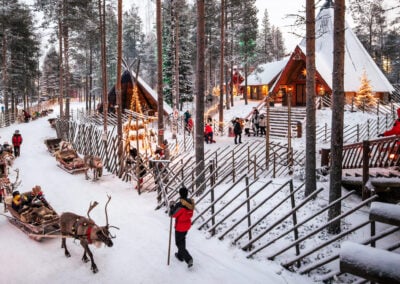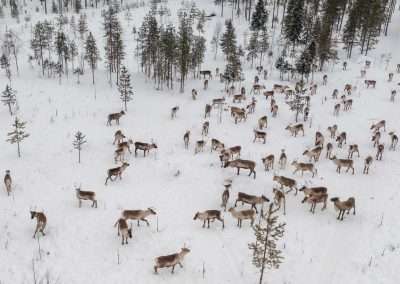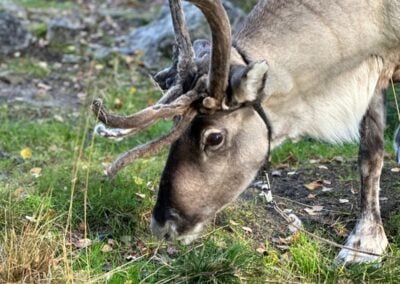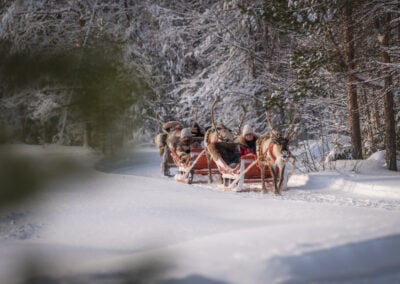Reindeer Facts: Fascinating Insights About Santa’s Favorite Arctic Animals
When you think of reindeer, you might imagine snowy forests, Christmas sleighs, and the legendary Rudolph. But beyond their festive reputation, reindeer are fascinating creatures with incredible adaptations and a rich history in Arctic cultures. In this blog post, we’ll dive deep into some surprising reindeer facts that will make you appreciate these magical animals even more.
Reindeer, also known as caribou in North America, are some of the most iconic animals associated with the winter season, Arctic landscapes, and of course, Santa Claus’s magical sleigh ride. But beyond the festive stories and snowy postcard scenes, these creatures are truly remarkable. In this article, we’ll explore some surprising and little-known facts about reindeer—from their biology and behavior to their cultural importance in Lapland and beyond.
Reindeer Insights: Reindeer Are Found in More Places Than You Think
One of the most interesting reindeer facts is that they aren’t exclusive to Lapland or the North Pole. Reindeer, known as caribou in North America, are native to Arctic, subarctic, tundra, boreal, and mountainous regions across Europe, Siberia, and North America. In fact, they have one of the most expansive distributions of any land mammal!
1. Both Male and Female Reindeer Grow Antlers
Unlike most members of the deer family, both male and female reindeer grow antlers. Male reindeer typically shed their antlers in late autumn, while females keep theirs throughout the winter, which helps them to protect themselves while pregnant and babies when they are born.
2. Reindeer Eyes Change Color with the Seasons
Here’s a truly surprising fact: reindeer eyes change color! In summer, the light reflecting layer in their eyes (tapetum lucidium) is golden, and in winter, it shifts to a deep blue. This adaptation helps reindeer see better in the varying Arctic light levels throughout the year.
3. Reindeer Hooves Adapt to the Seasons
In the summer, reindeer have soft, spongy hooves ideal for gripping wet, boggy ground. But in the winter, the pads shrink, exposing the hard hoof rims that cut into ice and snow for stability.
4. Reindeer Migrate Further Than Any Other Land Mammal
Some reindeer herds travel over 5,000 kilometers a year, making them the most migratory land mammals on Earth. This long journey is a vital part of their survival, allowing them to access food and safer breeding grounds.
5. Reindeer Have Specialized Noses to Warm the Air
Reindeer noses are designed to warm up the freezing Arctic air before it enters their lungs. Their nasal passages are lined with complex turbinate bones that not only heat incoming air but also conserve moisture on exhalation.
6. Reindeer Play a Vital Role in Lapland Culture
In Finnish Lapland, reindeer are more than wildlife—they are part of the local economy, history, and identity. Reindeer herding is a traditional livelihood that still exists today.
Visitors to Santa Claus Village in Rovaniemi can meet real reindeer, enjoy sleigh rides, and learn about the cultural significance of these gentle animals.




0 Comments